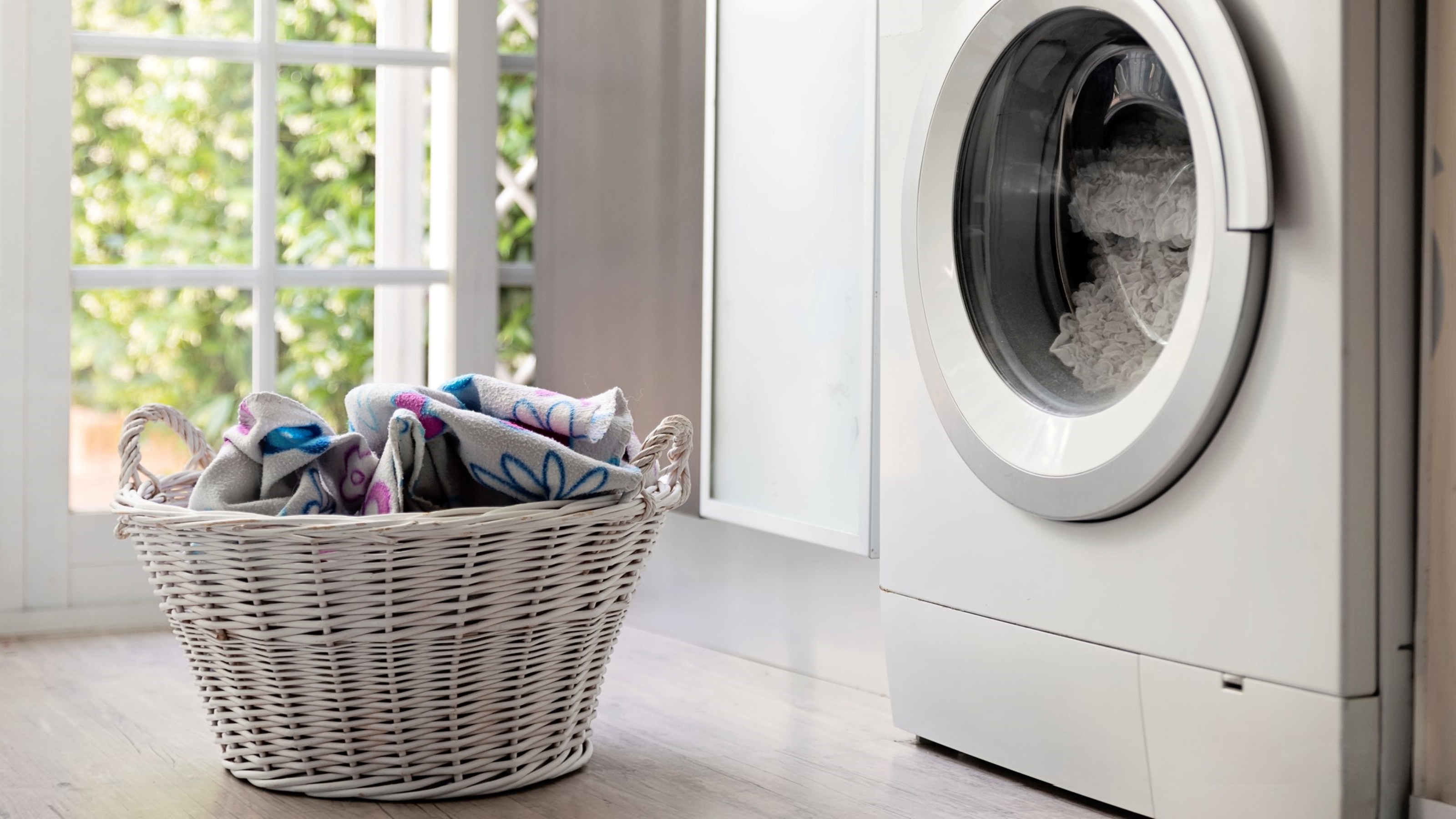
Whether you spend your day in a t-shirt and slacks, suited and booted or somewhere in between – we all wear clothes, and we all do laundry. So don't go making these laundry mistakes when washing your tees, trunks, and jeans. Otherwise, you'll be in hot water when it comes to deciding what to wear...
Even if you're lucky enough to own the best washing machine, if you ignore the advice on that itchy inside label – you're going to get in a total spin! And, if you're not well-versed in deciphering washing symbols, you might end up ruining your favorite garments.
Luckily, we're here to lessen the (mental) load and outline the most common mistakes people make when it comes to doing laundry properly, so that you can avoid shrunken, discolored, or overly crinkly clothes the majority of the time!
1. Not cleaning your washing machine
This is the number one laundry mistake many people make. Your washing machine can only wash your clothes as well as it is clean, and that's a fact. Many modern washers have a self-cleaning cycle that you run with no clothes in, so run it often, at least once a month. It's also a good idea to give the exterior of your washing machine a good wipe down every once in a while and to clean out the filter at the bottom.
However, not cleaning your washing machine on a hot cycle can lead to germ buildup and, in some cases, even lead to illness from bacteria that will remain on your clothes. So it's worth investing a little time every month or so to get your machine spick and span.
2. Aggressively scrubbing stains
As the founder of Happy DIY Home and home improvement expert Jen Stark explains, 'it's easy to scrub stains too much. When your clothing gets covered in mud or wine, aggressively scrubbing is what many people do to try and get the stain out. However, this can cause the stain to spread and wear on the fabric. Instead, you want to gently dab at the stain with a cloth and get it into the washing machine as quickly as you can so the stain doesn't have time to set in.'
3. Sorting laundry incorrectly
A very common laundry mistake that can really cost you. Stark says that 'you most likely already separate lights and darks when you start your laundry routine. However, you should also make a point to sort based on materials. Separate your lighter clothing like sheer tops from heavier materials like jeans to get the best clean.'
Jen Stark is the founder of Happy DIY Home. She has completed many home improvement, decor and remodeling projects with her family over the past 10 years on their 4,500 sf Victorian house. She is also a passionate farmer who keeps goats, chickens, turkeys, cows and pigs on her farm, and an instructor for her community's Organic and Sustainable Farming project.
4. Using too much bleach
'While bleach is a powerful cleaning agent, it's also something *that can make your clothing look dingy if you use too much.* Also, using excessive bleach to get your white clothing whiter can irritate your skin. A safe alternative is to put your stained items in a pot of boiling water with a few lemon slices to lift the stains. If you need to use bleach, Clorox recommends you cut it back to 1/2 cup for a large load of laundry.'
5. Choosing an incorrect temperature
This is another hugely common laundry mistake. Many people just tend to wash all of their clothes on the same cycle, regardless of what the garment laundering requirements are. If you are someone who just puts everything on the 20-degree cycle by default, you may need to rethink how you do your laundry. Conversely, if you like the germ-busting properties of a hot wash, you need to take it easy if you're washing colored or delicates.
Not washing your towels on a hot cycle can lead to them becoming unhygienic over time, while choosing a hot cycle for delicate fabrics or brightly colored clothing will lead to shrinking, damage, discoloration, and color bleeding. If you're wondering why your white t-shirts came out a dirty blue it's probably because you washed them on hot with the navy pants.
6. Choosing the wrong spin cycle for your fabric type
This mistake is often overlooked, but if you're wondering why your delicates are coming out looking mangled, it's because you've chosen a spin cycle that's too fast. On most machines, there is a choice of at least four different spin speeds. Always choose the lowest one for delicates and garments made from silk; wool can handle a slightly faster spin but not by much.
If you're washing towels, though, you can safely choose the fastest spin cycle your machine can do.
Top tip: Hate ironing? Choose a lower spin speed and your clothes will come out less wrinkled. Hang them up and you can smooth creases without ironing...
7. Machine washing shoes
It may be tempting to put your trainers in the washing machine, but if you really want to know how to wash trainers, you'll most likely need to do it by hand. The best scenario is that your trainers will just not look all that clean after machine washing; in the worst-case scenario, you could damage your shoes or your machine.
8. Machine washing leather goods
Frustrated by a stain on your favorite leather jacket? Resist the temptation to chuck it in your washing machine. Cleaning leather requires patience and a specialist leather cleaner. Water will make leather lose its shape and go brittle, so avoid machine washing anything made from leather.
9. Using too much or too little detergent
How much detergent to use always depends on how much laundry you are putting in. Smart washing machines these days can advise you on the amount of detergent you need based on your load weight, but even if you don't have that function, you just need to adjust the amount of detergent according to how big your load is. If you're only washing a couple of things, use a quarter of what you'd normally use. If your washing machine is completely full and your clothes are heavily soiled, use 1.5 times the detergent you'd normally use.
10. Tumble drying delicates
If you're wondering why the elastic on your underwear doesn't last and your bras look misshapen after only a couple of months, it's most likely the tumble drying that's causing the premature wear. Generally, using your washer dryer with any garment with elastic or anything made from a delicate fabric is not recommended. Some tumble dryers have a delicate setting, but you should still use that sparingly.
11. Using bio detergent on delicate fabircs
Any detergent labeled 'bio' has enzymes in it, which works great for washing stained t-shirts, reusable nappies, and other items that can handle an aggressive stain-removing wash. Bio detergents will ruin delicate garments, however: they literally eat away at the fabric. Avoid.
12. Washing your clothes and towels together
Towels are very abrasive laundry items. After all, they're made from lots of tiny loops of fabric, with the specific aim to pick up moisture from your skin after a bath or shower. If you put your clothes in the washing machine together with your towels, those tiny fabric loops will chafe against the smooth fibers of your clothes, agitating and wearing them down. Always wash your towels and your clothes separately for this reason.
13. Washing denim too often
Denim was originally designed as workwear and was not meant to be washed all that often. If you're popping your jeans in the wash after every wear you are needlessly reducing the lifespan of your denim.
It may sound gross but washing your denim every few weeks is perfectly fine.
14. Not tumble drying your pillows
If there is an item you should always tumble dry it's your pillows, especially if they're filled with down. Pillows that haven't been dried fully are likely to lose shape and become uncomfortable, and in damp weather conditions, they can grow mold.
Top tip: Tumble dry your pillow with a tennis ball to really fluff it up.
15. Adding too much fabric softener
Many people like the cozy feel of clothes that have been softened by fabric softener, but using too much of it too often can lead to buildup. You'll start noticing that your clothes are going limp and don't keep their shape. People with allergies should watch out, too, because fabric softeners can build up in your clothes over time and cause contact dermatitis or even a more severe reaction.
Try adding fabric softener every other time you do laundry rather than every time.
What is the most common laundry mistake?
According to the CEO of Improovy Andre Kazimierski, 'the most common mistake people make when it comes to doing their laundry is failing to sort their laundry loads by color, and also using the wrong temperature for certain materials. Washing and drying your whites and lighter-colored items with your darker materials will lead to discoloration and an appearance of unclean clothing. Some athletic wear and undergarments should never be dried on a hot temperature, as this will lead to shrinking and wear and tear. When in doubt, always read the tag on your garment, or do some light research on that material online.'
Why do my clothes look dirty after washing?
That's typically because your washing machine is unclean, or it could even indicate that your washing machine is malfunctioning. If you see dirty bits on your clothing when you take them out, you need to clean your washing machine filter in the first instance. If that doesn't resolve the issue, you'll need to call out washing machine maintenance.
Other reasons why clothes may look dirty after washing include not using enough detergent, not using a hot enough cycle for your type of garment, and not pre-treating tough stains.
Join our newsletter
Get small space home decor ideas, celeb inspiration, DIY tips and more, straight to your inbox!
Anna is a professional writer with many years of experience. She has a passion for contemporary home decor and gardening. She covers a range of topics, from practical advice to interior and garden design.
-
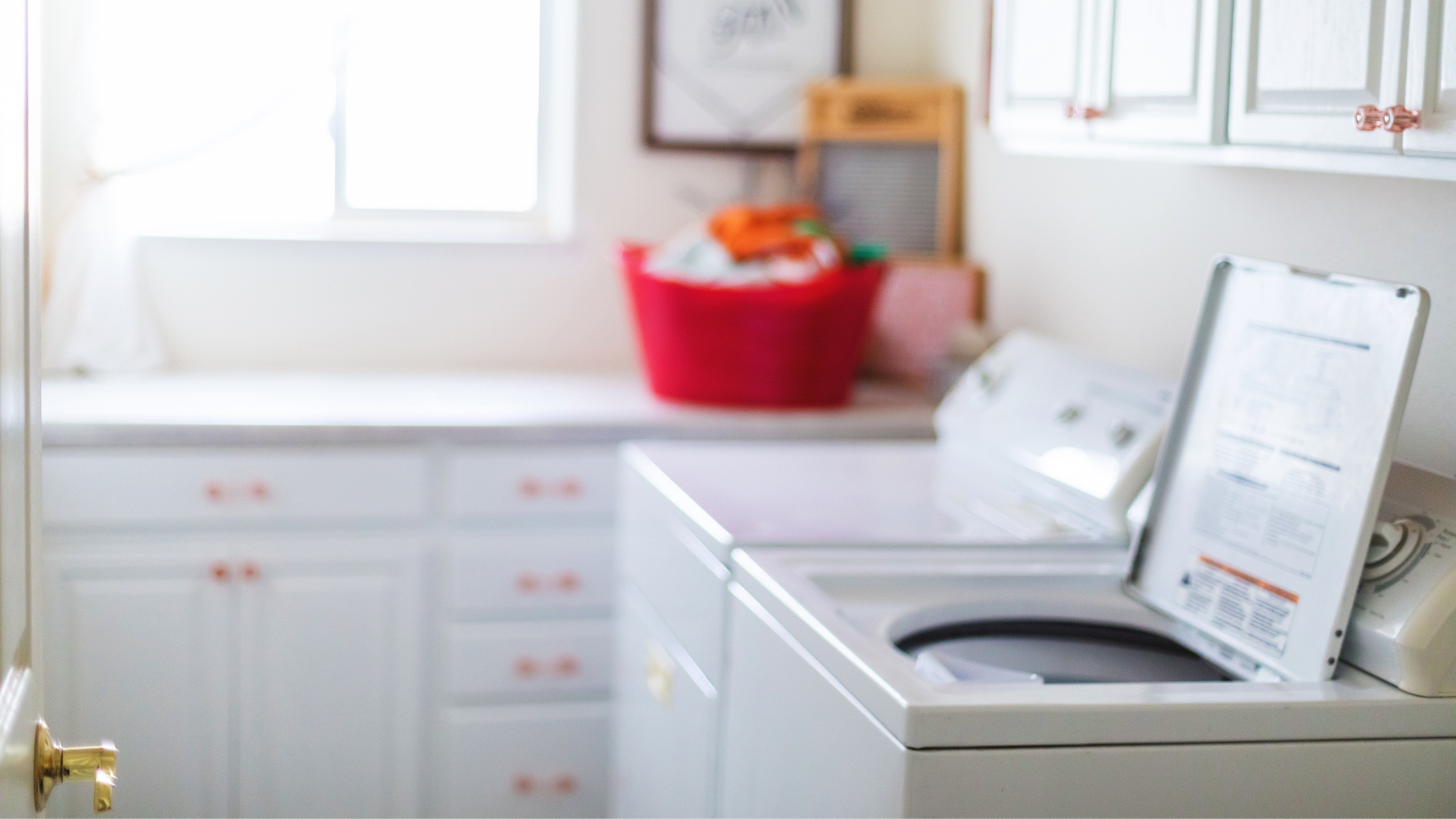 How to clean a top-loading washing machine in four easy steps
How to clean a top-loading washing machine in four easy stepsCleaning The easiest steps and best products to clean a top-loading washing machine
By Punteha van Terheyden
-
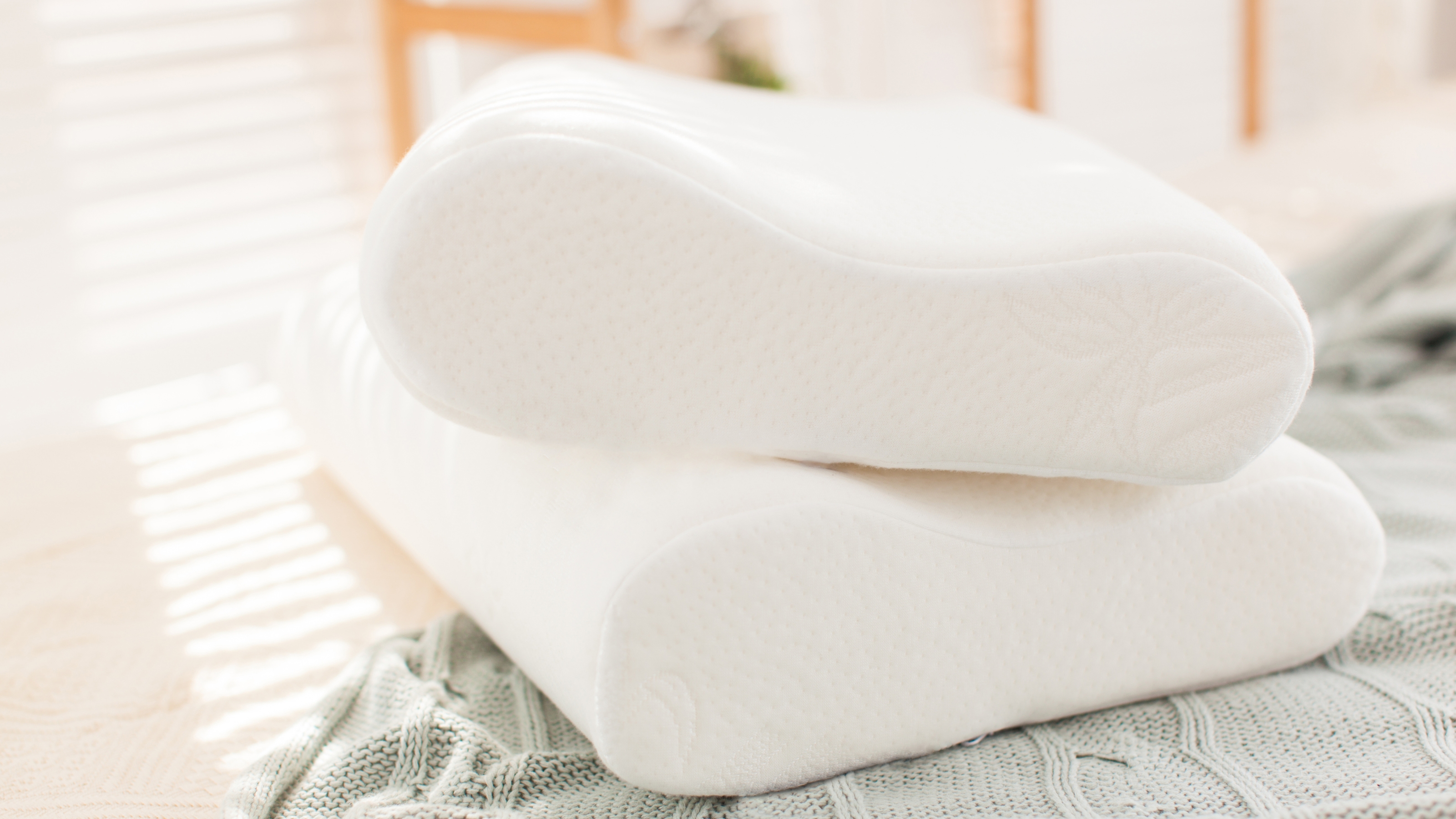 How to clean memory foam pillows — 4 steps to refreshing yours at home
How to clean memory foam pillows — 4 steps to refreshing yours at homeIt's time to clean memory foam pillows the right way with some expert advice. Sleep easy with this simple step-by-step guide to get yours fresh
By Andy van Terheyden
-
 How to clean a leather jacket without dry cleaning
How to clean a leather jacket without dry cleaningOur experts break down the best ways to clean a leather jacket at home without damaging the material and dish the best DIY cleaning tips and solutions
By Emily Lambe
-
 How to wash feather pillows to keep them fluffy and full
How to wash feather pillows to keep them fluffy and fullLearn how to wash feather pillows at home with our expert cleaning tips. Avoid damaging the feather filling to ensure they stay fluffy and full
By Emily Lambe
-
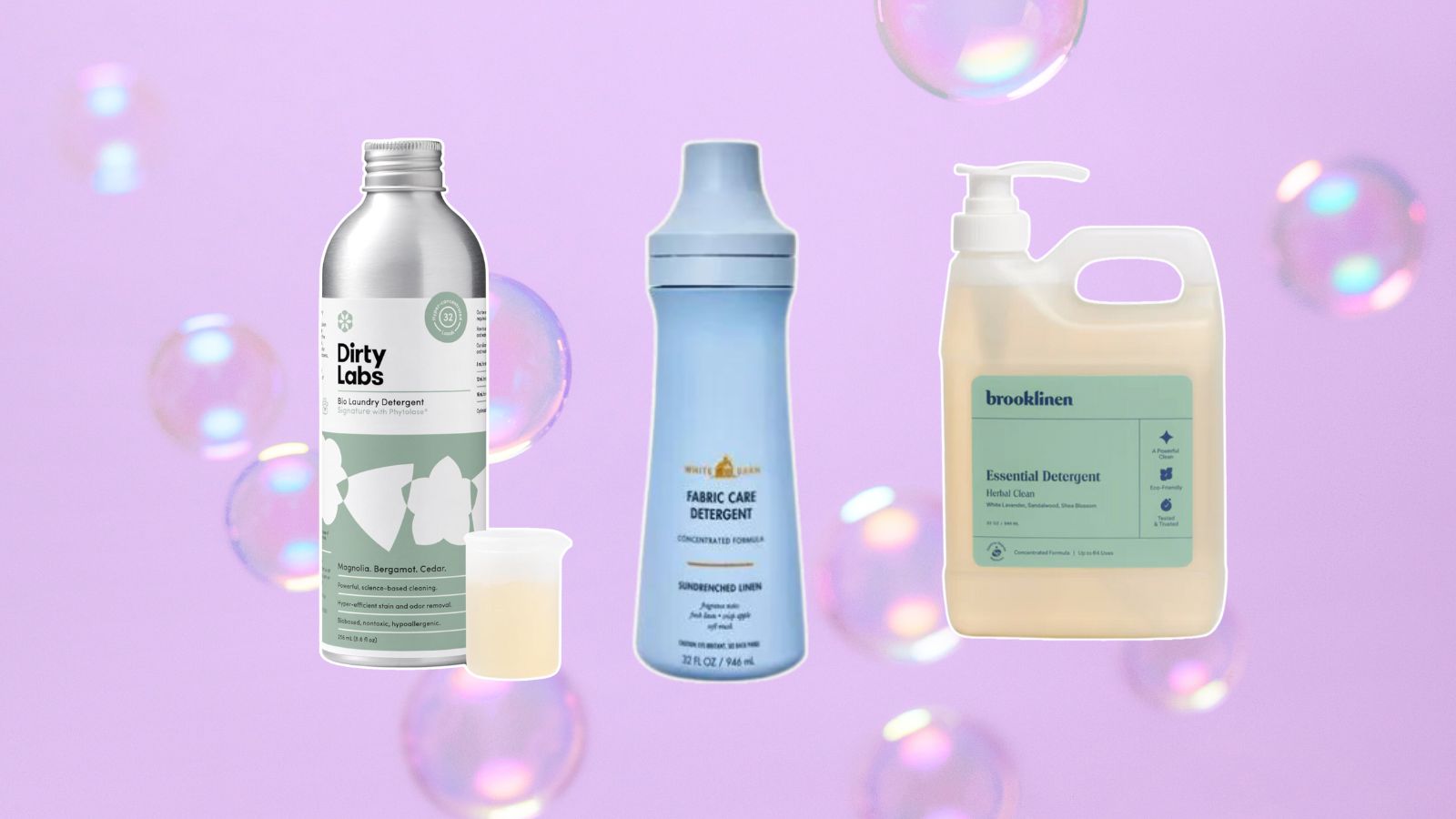 Luxury laundry detergent picks under $30 — including amazing scents and eco-friendly options
Luxury laundry detergent picks under $30 — including amazing scents and eco-friendly optionsLuxury laundry detergents include cleaners, home fragrances, and some eco-friendly ways to make laundry more exciting. We found fun selections for under $30
By Danielle Valente
-
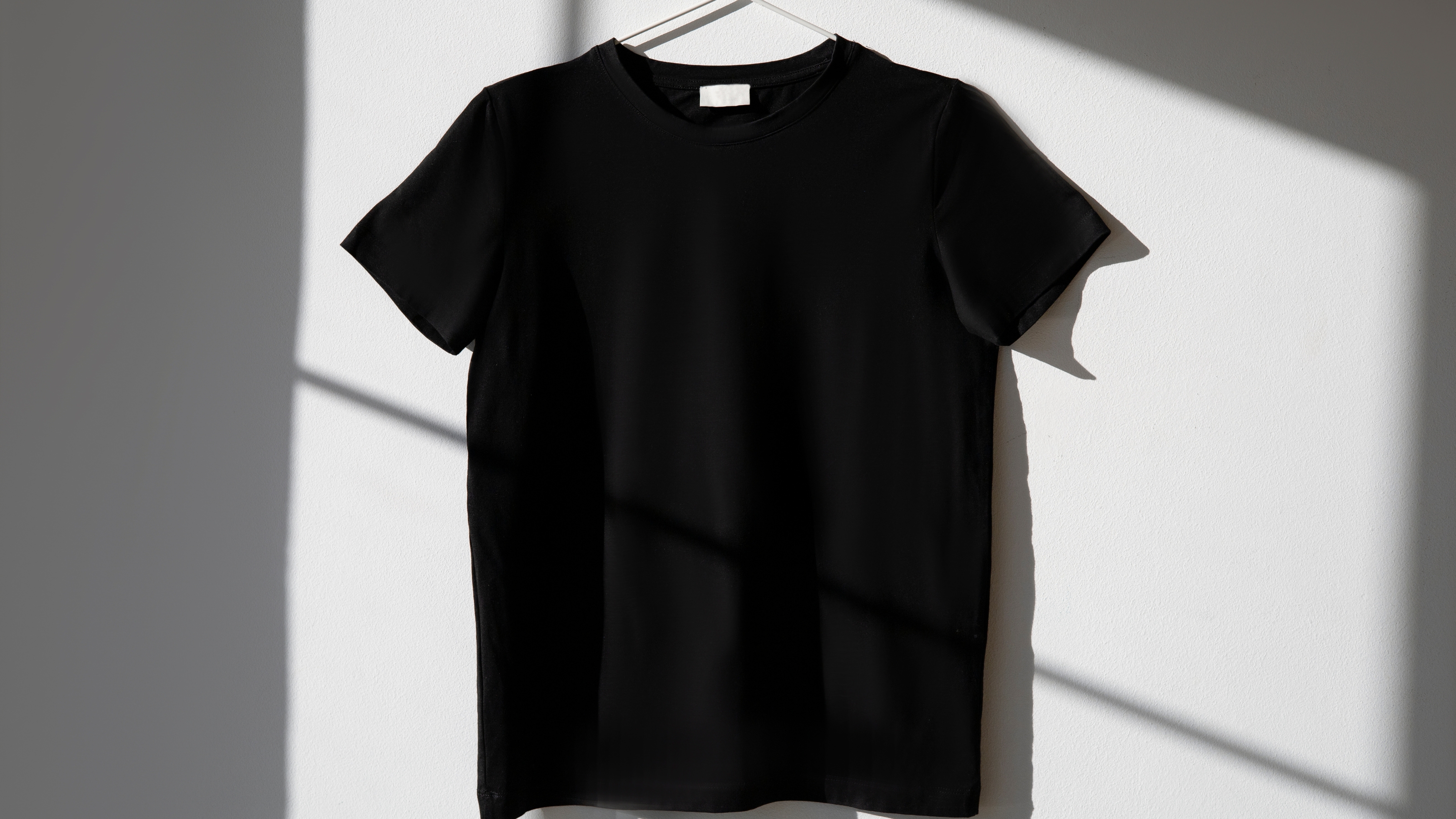 How to wash black clothes and stop them from fading
How to wash black clothes and stop them from fadingSee how to wash black clothes to prevent them from fading with our expert advice. Your darks will look as good as new
By Emily Lambe
-
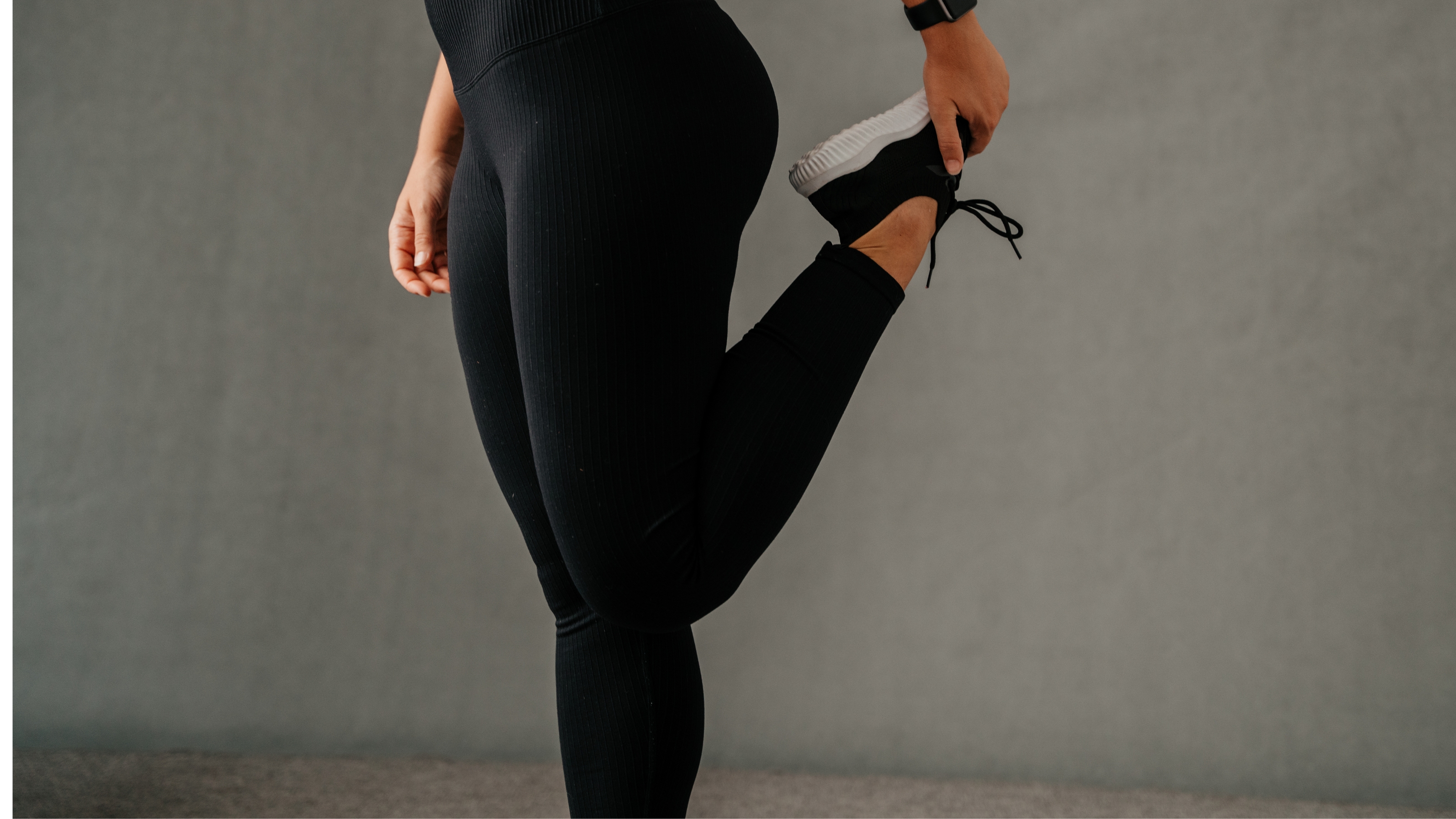 How to wash polyester in a washing machine
How to wash polyester in a washing machineWe asked the experts how to wash polyester without shrinking or damaging the material. Keep your gym clothes fresh and odor-free
By Emily Lambe
-
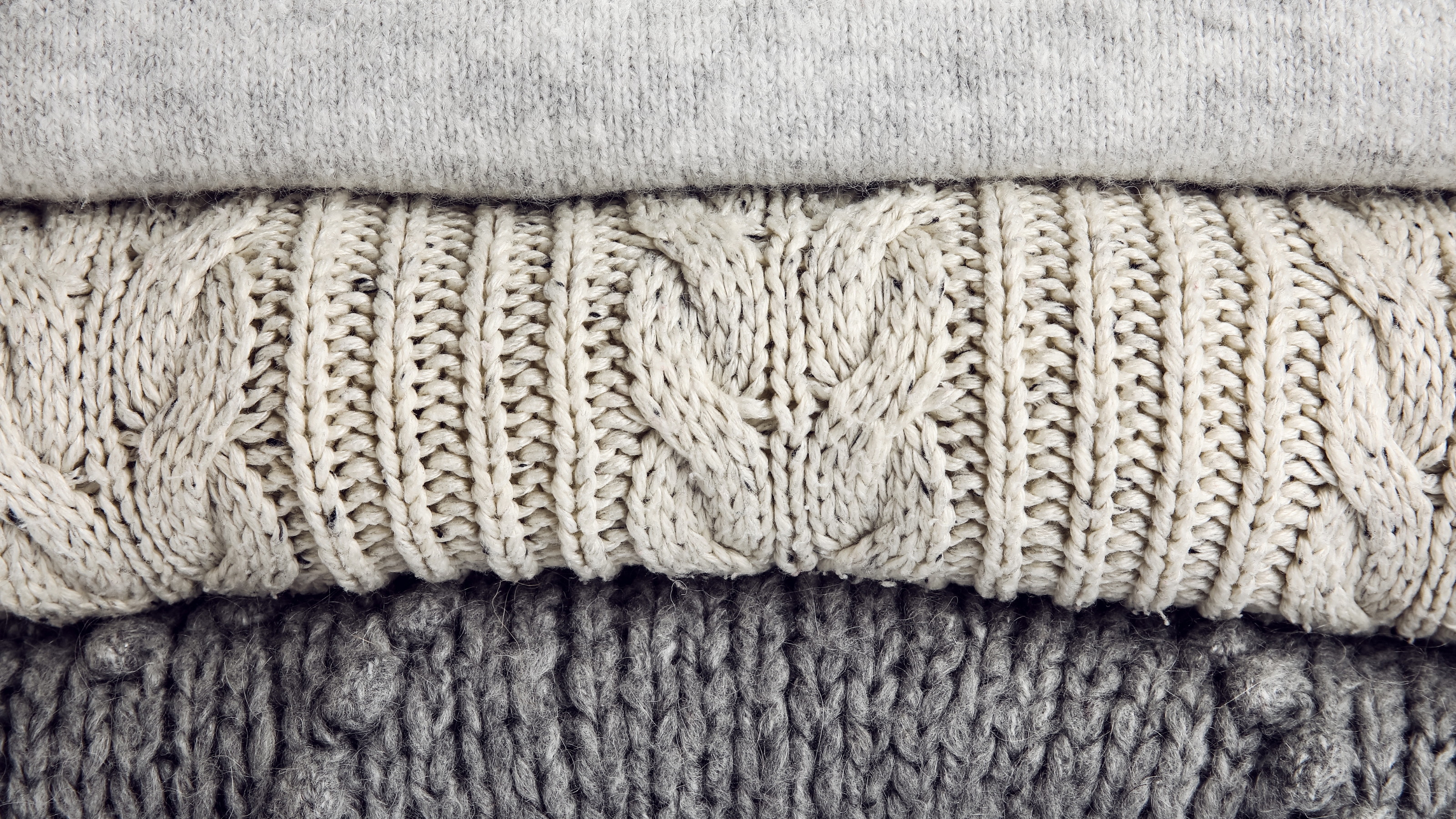 How to wash Merino wool to keep it soft and fresh
How to wash Merino wool to keep it soft and freshSee how to wash Merino wool by hand and in the washing machine to avoid shrinking or damaging the fine material at home
By Emily Lambe